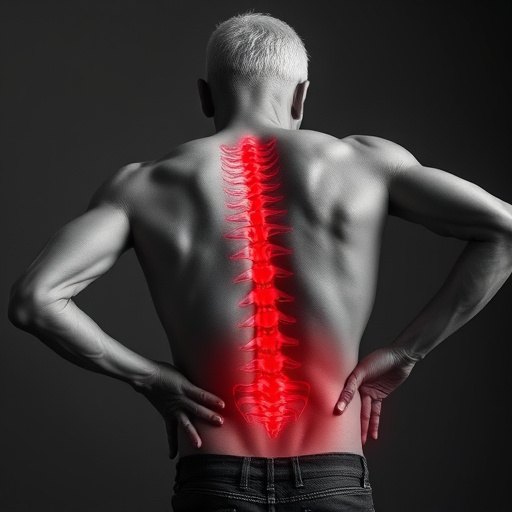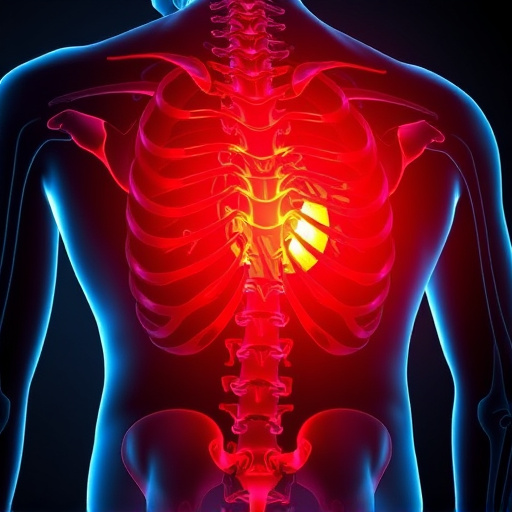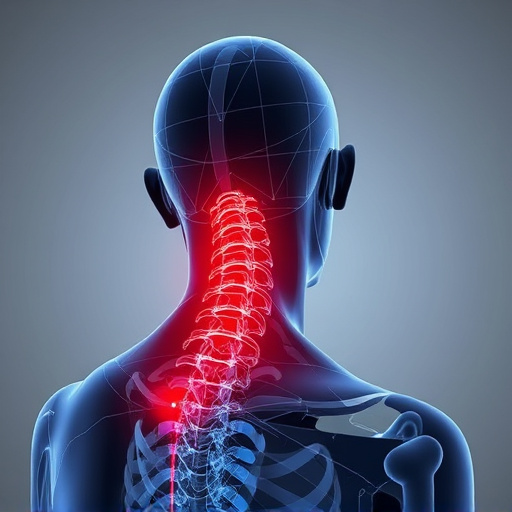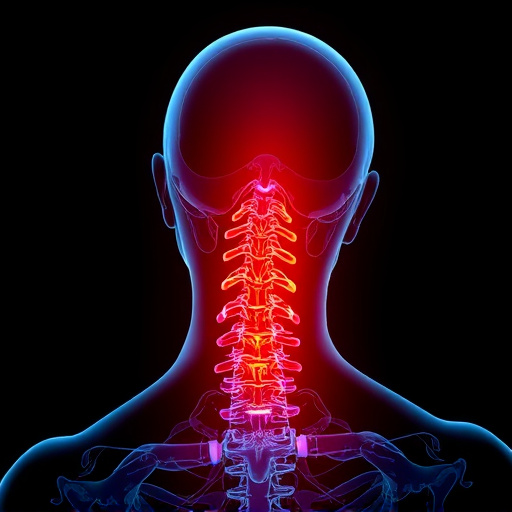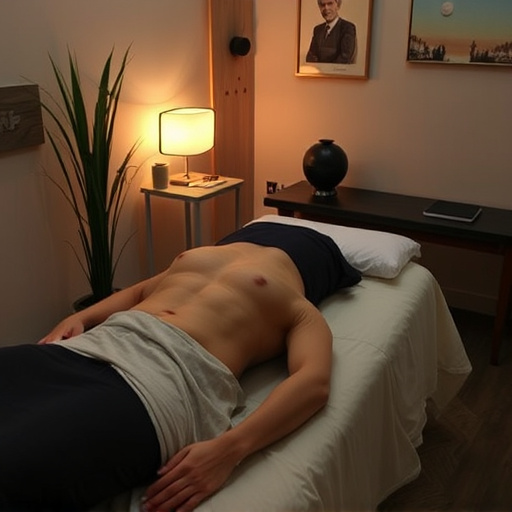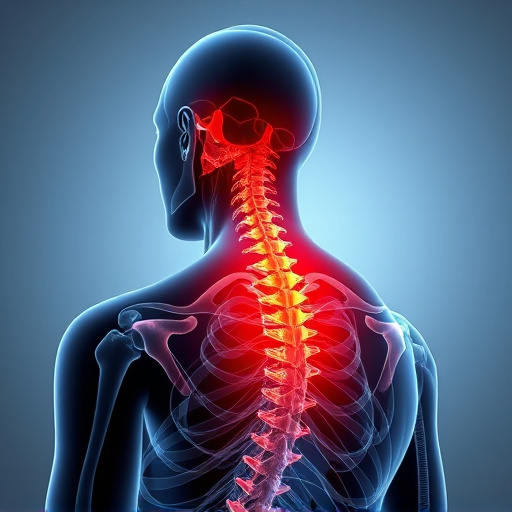A herniated disc causes pain and limits mobility due to a torn outer layer pressing on nerves. Treatment options range from rest and physical therapy to surgery. Non-surgical approaches like chiropractic care align the spine, reducing nerve compression. Inversion tables gently invert the body, reducing pressure on discs and alleviating pain, improving stability and flexibility. However, they should be used in conjunction with other treatments and under healthcare guidance, as incorrect use may worsen symptoms or cause new injuries.
Are inversion tables a game-changer in herniated disc treatment? This comprehensive guide explores the potential of this non-invasive approach. We’ll first demystify herniated discs, their causes, and symptoms, highlighting their impact on daily life. Then, we delve into how inversion tables work as a form of spinal decompression therapy. We’ll balance the benefits with risks, considering safety precautions and who might benefit most, offering insights for informed decisions regarding herniated disc treatment.
- Understanding Herniated Discs and Their Impact
- Inversion Tables: A Potential Non-Invasive Approach
- Benefits, Risks, and Considerations for Treatment
Understanding Herniated Discs and Their Impact

A herniated disc occurs when the soft, gel-like material inside an intervertebral disc pushes through a tear in its outer layer. This can put pressure on nearby nerves, leading to pain and other symptoms. Herniated discs are common causes of neck and back pain, often resulting in limited mobility and discomfort that can radiate to other parts of the body. The impact of herniated discs varies depending on their location and severity.
For individuals suffering from herniated disc treatment, finding effective solutions is paramount. Common approaches include rest, physical therapy, medication for pain relief, and in some cases, surgical intervention. Personal injury chiropractic care has emerged as a popular non-surgical option, focusing on gentle adjustments to align the spine and reduce nerve compression. This conservative approach aims to provide joint pain relief and promote natural healing, making it an appealing choice for those seeking alternatives to traditional medicine or avoiding invasive procedures like neck pain treatment surgery.
Inversion Tables: A Potential Non-Invasive Approach

Inversion tables represent a potential non-invasive approach for managing herniated disc symptoms. These devices gently invert the body, flipping it upside down or at an inverted angle, which can help reduce pressure on the spinal discs and alleviate pain associated with herniated discs or other musculoskeletal injuries. By altering gravitational forces, inversion tables aim to promote disc height restoration and enhance flexibility in the spine, potentially offering a safe alternative to surgical interventions for those seeking relief from chronic back pain.
For individuals experiencing soft tissue injuries related to the spine, such as herniated discs, inversion therapy could be a valuable component of a comprehensive treatment plan. While not a standalone solution, combining inversion table sessions with therapeutic exercises designed to strengthen core muscles and improve posture can lead to better outcomes in herniated disc treatment. Research suggests that this approach may help reduce pain, improve spinal stability, and enhance overall function for those suffering from these common musculoskeletal conditions.
Benefits, Risks, and Considerations for Treatment

Inversion tables offer a unique approach to herniated disc treatment by gently stretching and manipulating the spine. Several potential benefits are associated with this method, including reduced disc pressure, improved spinal alignment, and increased flexibility in the back and neck. Some users also report significant pain management and enhanced muscle recovery after regular inversion table sessions.
However, it’s crucial to approach inversion tables as a complementary therapy rather than a standalone solution. Risks include potential aggravation of symptoms for individuals with certain spinal conditions, such as severe herniations or osteoporosis. Additionally, incorrect use can lead to new injuries. Before incorporating an inversion table into your herniated disc treatment plan, consult a healthcare professional who can assess your specific needs and guide you on safe and effective usage, including consideration of alternative therapies like shockwave therapy.
Inversion tables emerge as a non-invasive option for those seeking herniated disc treatment, offering potential relief for pain associated with bulging or slipped discs. While research provides mixed results on their effectiveness, many users report positive outcomes. However, it’s crucial to approach this alternative therapy mindfully, considering individual health needs and consulting medical professionals before attempting any new treatment method, especially as inversion tables may not be suitable for everyone, and risks are associated with improper use. Thus, understanding the benefits and potential drawbacks is key when exploring inversion tables as a solution for herniated disc treatment.








